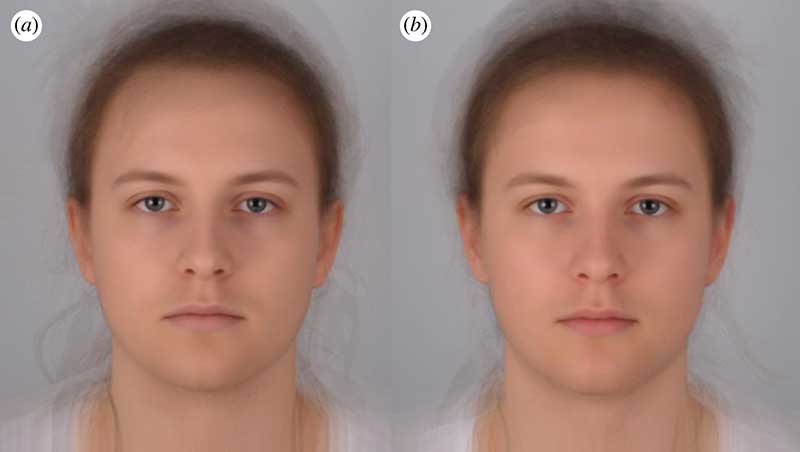
Can you tell when someone isn’t well?
A new study published in the journal Proceedings of the Royal Society B suggests that we are able to tell if a person is sick by looking at their face. But we are only slightly better than chance. Which begs the question, are those in the world of wellness even better than slightly better?
“We can detect subtle cues related to the skin, eyes and mouth,” John Axelsson of the Karolinska Institute, co-author of the study, was quoted as saying by the Washington Post. “And we judge people as sick by those cues.”
According the the Post Axelsson and a team of neuroscientists and psychologists in Germany and Sweden injected eight men and eight women with a molecule found in bacterial membranes. The molecule does not cause illness but it causes the immune system to start working because they body doesn’t know that the bacteria are not actually attacking. The immune response causes “feelings of sickness.”
On another day, they injected the same subjects with a placebo of saline solution. The researchers photographed the subjects on both days, then showed the photos to 60 university students and asked them to assess the state of the subjects’ health.
The students’ detection of immune responses was “somewhat” more accurate than sheer chance, says the WP. “On a scale of 0.5 to 1, 0.5 being completely random, the observers averaged a score of 0.62.”
If I understand correctly, images were assessed 1,920 times. Out of those 1,215 were identified as “sick.” Of those 1,215, tagged as “sick,” nearly 800 were correct conclusions.
“Interestingly, the most robust predictors of apparent sickness were pale skin and hanging eyelids in the models,” the authors wrote. “These findings suggest that paleness and having a tired appearance (both looking tired and having hanging eyelids) are markers of actual sickness.”
Axelsson and co-authors say that the ability to detect illness in someone’s face may lead to improvements in public health.
“Detection and avoidance of sick individuals have been proposed as essential components in a behavioural defence against disease, limiting the risk of contamination…
“Acutely sick people were rated by naive observers as having paler lips and skin, a more swollen face, droopier corners of the mouth, more hanging eyelids, redder eyes, and less glossy and patchy skin, as well as appearing more tired. Our findings suggest that facial cues associated with the skin, mouth and eyes can aid in the detection of acutely sick and potentially contagious people.”
They caution, however, that further research is required to improve accuracy and to test whether identification is similar across diseases and ethnic groups, as all the subjects in this study were white.
Can you tell which face is sick and which one is well in the above image?
Answer: The face in the left is sick.



